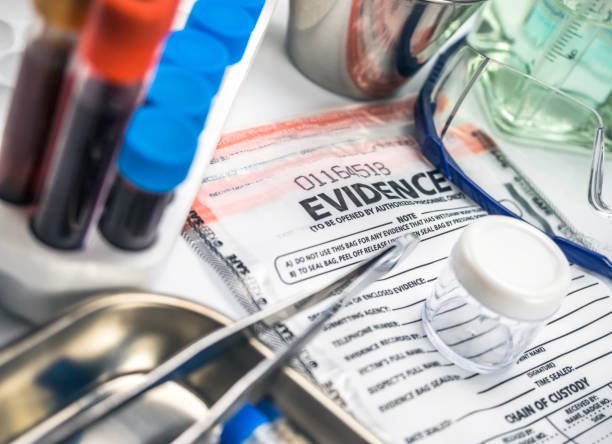When an accident injures someone, they often file a personal injury claim to get compensation. But you have to show real proof of the injury in order to get that money. In these situations, medical evidence is the most important type of proof. It highlights the injuries, how bad they were, and what kind of care was needed.
Understanding the role of medical evidence is very important for anyone who wants guidance on filing personal injury claims. This is important because it can make or break a case. In this article, we’ll discuss the role of medical evidence in winning personal injury lawsuits.
Why Medical Evidence is Important
Expert opinion and medical evidence back up the facts of the case. This tells the judge how the injury took place and how it changed the victim’s life. It’s more likely that someone will win if the records are consistent and detailed. These records also help confirm that the accidents weren’t caused by health problems that the person already had.
The courts use this evidence to decide how much the claim is worth. Without it, the injury might not be taken seriously or be linked to a different event. That makes it harder for the person who was hurt to win.
Types of Medical Evidence
There are different types of medical evidence that are often used:
- Doctor’s Reports: These describe the injuries that were found and how they were treated.
- Diagnostic tests: X-rays, MRIs, and CT scans show where the injuries are.
- Medical records: Notes from clinics and hospitals help build a treatment timeline.
- Bills and receipts: These show the cost of medical care, like therapy and trips to the emergency room.
- Expert Testimony: Doctors can explain how the damage will change a person’s life now and in the future.
Proving the Injury Was Caused by the Accident
One of the most important parts of a personal injury case is proving causation. The plaintiff must prove that the accident, not something else, caused the injury. Your medical records can help connect the injury to the incident. They show when the symptoms began and how they changed over time.
The defense may say the injury wasn’t serious if there are gaps in treatment. They could also say it was caused by something else. Regular trips to the doctor can help avoid that trouble.
Showing the Full Effects of the Injury
Medical evidence not only shows that there was an accident but also how bad it is. This includes:
- How long it will take to recover
- Whether the person needs more treatment
- How much pain and suffering the injury caused
- Any long-term changes to their body or life.
These facts help figure out how much money the person who was hurt should get. The courts need to know this so they can figure out the emotional and financial effects.
How Medical Records Support Settlements
There are a lot of injury claims that are settled out of court. Medical records can help with those talks. The other side may offer a better deal if there is a lot of evidence. Insurance companies will often look for any reason not to pay a claim.
It is harder for them to argue when there is strong, clear medical proof. It gives the person who was hurt more power in settlement discussions.



